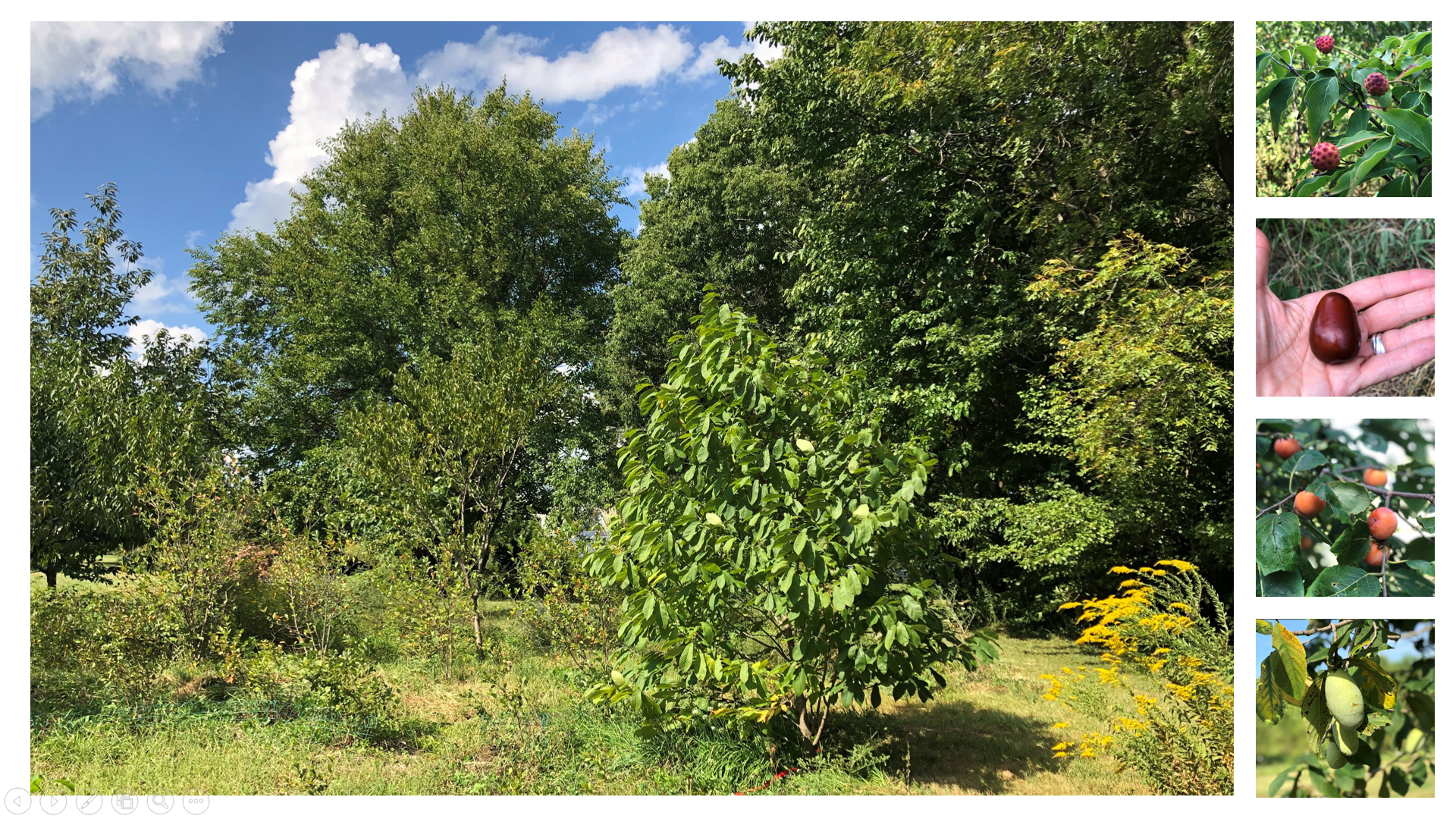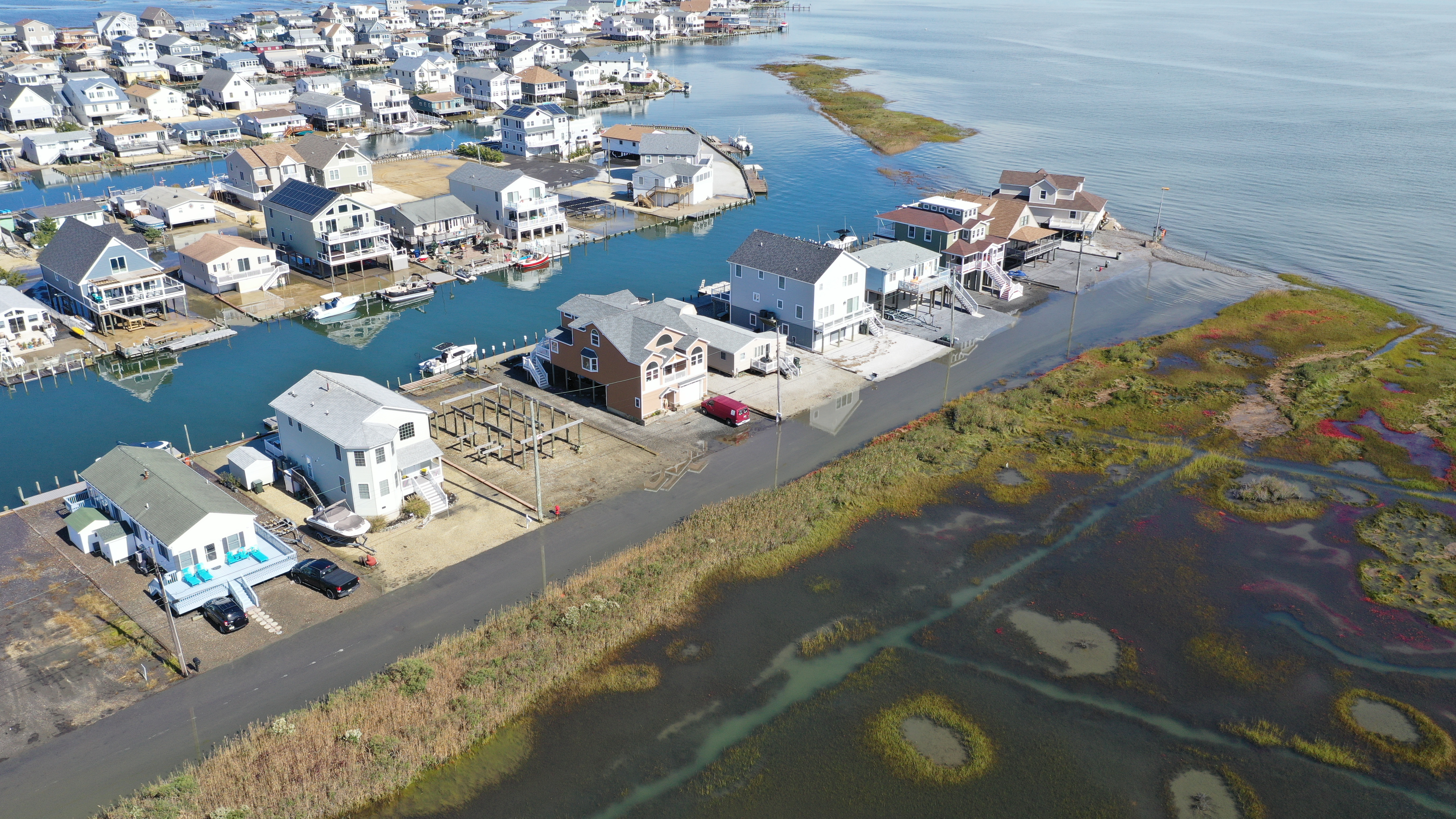Chula joins hands with the Thai Health Promotion Foundation (ThaiHealth) to design “Walkable City” using the GoodWalk Score as the criteria for selecting the pilot area to be developed as Walkable City in Bangkok as well as many cities around the country. The plan is to help reduce pollution, revitalize tourism, and the local economy while enhancing the quality of life and health for city dwellers.
Tag: Urban Development
Revolutionizing Urban Landscapes: The Eco-Metropolis Model
In a revolutionary stride toward sustainable urban development, researchers have introduced the eco-metropolis model. This innovative approach seamlessly integrates ecological conservation with urban agglomeration, promising a future where cities thrive in harmony with nature.
AI can alert urban planners and policymakers to cities’ decay
As urbanization advances around the globe, the quality of the urban physical environment will become increasingly critical to human well-being and to sustainable development initiatives. However, measuring and tracking the quality of an urban environment, its evolution and its spatial disparities is difficult due to the amount of on-the-ground data needed to capture these patterns. To address this issue, Yong Suk Lee, assistant professor of technology, economy and global affairs in the Keough School of Global Affairs at the University of Notre Dame, and Andrea Vallebueno from Stanford University used machine learning to develop a scalable method to measure urban decay.
‘Coastal Squeeze:’ Massive Loss of U.S. Coastline Tidal Flats Over 31 Years
The entire contiguous U.S. has experienced massive urban expansions and the Atlantic Coast shows outstandingly high rates. Urban expansion has substantially squeezed the space of tidal flats and affected surrounding environments. In new urban areas, tidal flats have undergone considerable degeneration with more significant patterns as they get closer to new urban locations. Tidal flats protect against the ocean’s destructive powers such as hurricanes. Without some inland spaces to move around, they will likely disappear, which will have dire consequences for beachfront communities.
Research examines the impacts of rent regulation and implications for inequality
Luis Quintero, an assistant professor at Johns Hopkins Carey Business School, recently conducted a study examining the socioeconomic impacts of rent regulation with colleagues from the University of North Texas and George Washington University.

Urban agroforestry and its potential integration into city planning efforts
Healthy food production, erosion prevention among many benefits

Land Development in New Jersey Continues to Slow
Land development in New Jersey has slowed dramatically since the 2008 Great Recession, but it’s unclear how the COVID-19 pandemic and efforts to fight societal and housing inequality will affect future trends, according to a Rutgers co-authored report. Between 2012 and 2015, 10,392 acres in the Garden State became urban land. That’s 3,464 acres a year – far lower than the 16,852 acres per year in the late 1990s and continuing the trend of decreasing urban development that began in the 2008 Great Recession.
Researchers provide insight on how our notion of the environment has changed since the inception of Earth Day 50-years ago
Since Earth Day’s inception in 1970, there’s been some major success in legislation and an increased awareness of the climate and environment. However, the work is far from over. In preparation of Earth Day’s 50th celebration, Arizona State University is…